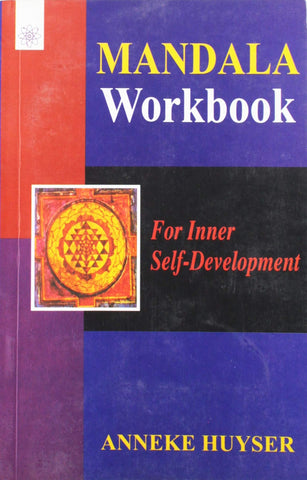Your cart is empty now.
Mind Training is a comprehensive practice that is suitable for all types of students. It contain the entire path and does not depend on a person’s background. Mind Training nurses and cultivates the Buddha Nature, that pure seed of awakening that is at the very heart of every sentient being. It has the power to transform even egotistical self-clinging into self-lessness. Put into practice diligently, it is enough to lead you all the way to awakening.
In the Path to Awakening, Shamar Rinpoche gives his own detailed commentary on Chekawa Yeshe Dorje’s Seven Points of Mind Training a text that has been used as a basis for transformative practice in Tibetan Buddhism for close to a thousand years. Clear, accessible and yet profound, this book is filled with practical wisdom, philosophy, and meditation instructions.
Shamar Rinpoche, the 14th Shamarpa or Red Gat Lama, has worked to spread the Buddhadharm throughout the world for ever 30 years. For many years he thought mainly in Karma Kagyu centres established by H.H the 16th Karmapa, Chogyam Trungpa Rinpoche, and Kalu Rinpoche, but since 2001 he has been founding his own rime (non-sectarian) centres. His Bodhi Path Buddhist Centers can now be found across Asia, Europe and North America and lojong is thought as the principal practice. Shamar Rinpoche is also the author of Creating a Transparent Democracy.
Lara Braitstein is Professor of Indo-Tibetan Buddhism at Mcgill University (Montreal, Canada).
Atisha (982-1054 C.E.) is one of those rare characters in Tibetan history about whom there is no controversy. He is universally respected and remembered for his many contributions to the revitalization of Buddhism in Tibet at the outset of the Tibetan Renaissance (950-1200 C.E.) and those very contributions still have a crucial place in every school of Tibetan Buddhism. Among the most enduring aspects of his legacy was his introduction to the Tibetan religious sphere of the teachings that came to be called lojong, or Mind Training. Lojong teachings function to profoundly transform the practitioner’s mind by training it in the practice of compassion and the development of wisdom. Both practical and profound, these teachings have not lost their popularity or their relevance despite the dramatic changes to their cultural context over the course of past one thousand years.
As one would expect from such an intellectually inclined society, there has been an extraordinary proliferation of Tibetan lojong literature since Atisha’s time. It has taken shape in lists of pithy aphorisms, poems, and prose commentaries. Some elements remain consistent, such as Chekawa Yeshé Dorjé’s (1101- 1175 C.E.) distillation of Atisha’s teachings into seven points. Spread between the points is a series of root lines whose origins are themselves attributed to Atisha. Despite that attribution, there is nonetheless a surprising amount of variety in their arrangement and even Content between lojong texts. An examination of various root texts reveals that adjusting the root lines is, in fact, something of a time-honored tradition among lojong teachers who make these alterations in order to reflect their own understanding of the teachings and their own understanding of what constitutes the most pedagogically efficient method of transmitting those teachings. Consistent with the still-thriving intellectual and religious culture of the Tibetans, the production of lojong literature continues to this day. It was therefore with tremendous excitement that I accepted the invitation of H.H. the 14t Sharnar Rinpoche to translate his own arrangement of the root lines and detailed commentary on Chekawa Yeshé Dorjé’s Seven Points of Mind Training. I am extremely grateful for having had this opportunity to closely study the work of such a talented teacher, and to begin to understand how the literature and practice of lojong has developed throughout the past millennium by working with a great Lama on a new lojong commentary in the present.
I hope that readers will enjoy Shamar Rinpoche’s Mind Training text The Path to Awakening as much aS I have. As with any work of translation, errors and misunderstandings may occur. I apologize to Shamar Rinpoche and to the readers of this book for any mistakes.
This book could not have been completed without the help and support of a great number of people. I would like to thank a few of you in particular (though I am surely leaving out a few crucial people, I apologize in advance): Carol Gerhardt for her patient work on the design of this book; Derek Hanger, Thule, and Philippe Jedar for help with the photos; Neeraj Khatri Chettri for his assistance coordinating between the many people involved in this project and for getting the right copies of each draft to the right people; Bart Mendel for spotting so many typos; Shahin Parhami for improving the images; Pamela Gayle White for her suggestions; and Sylvia Wong for all her work on the first draft. Thanks to all of you for putting time and effort into making this book the best it could be.
Delivery and Shipping Policy
- INTERNATIONAL SHIPPING
- Rs.1000-1100/kg
- ESTD. Delivery Time: 2-3 weeks (depending on location)
- Bubble Wrapped with Extra Padding
- NATIONAL SHIPPING
- NCR: Rs. 30/half kg
- Standard: Rs. 80/half kg
- Express shipments also available on Request
- ESTD. Delivery Time: Ranging from 1-4 days up to 7 business days (Depending on your choice of Delivery)
- TRACKING
- All orders; national or international, will be provided with a Tracking ID to check the status of their respective orders
- Depending on the Shipping Service, Tracking ID may be used on their respective tracking portals
Frequently Asked Questions (FAQs)
Domestic Shipping: 3-4 Days (after shipping)
International Shipping: 1-2 weeks (based on your location)
You will receive an email once your order has been shipped or you can email us if you didn't receive tracking details (info@mlbd.co.in)
Every book that we sell is the latest edition except all the rare books
Yes, we do provide free shipping, only on domestic orders (within India) above Rs.1500











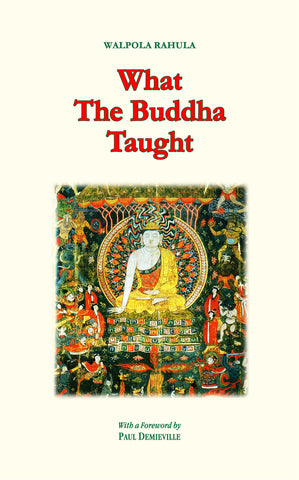
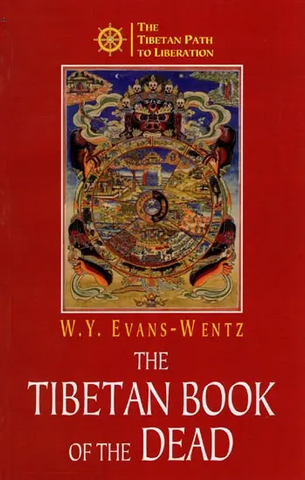
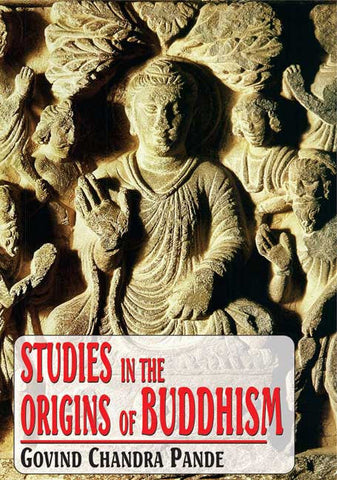



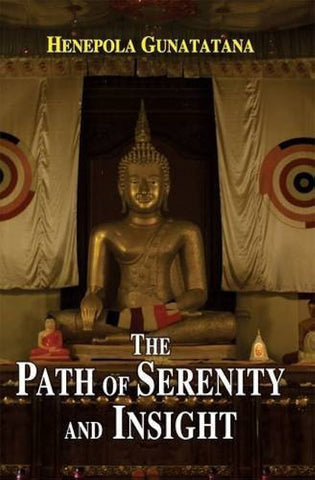
![The Rishukyo [Buddhica Britannica Vol.3]: The Sino-Japanese Tantric Prajnaparamita in 150 Verses (Amoghavajra's Version)](http://www.motilalbanarsidass.com/cdn/shop/products/RISHUKYO_large.jpg?v=1675417651)
